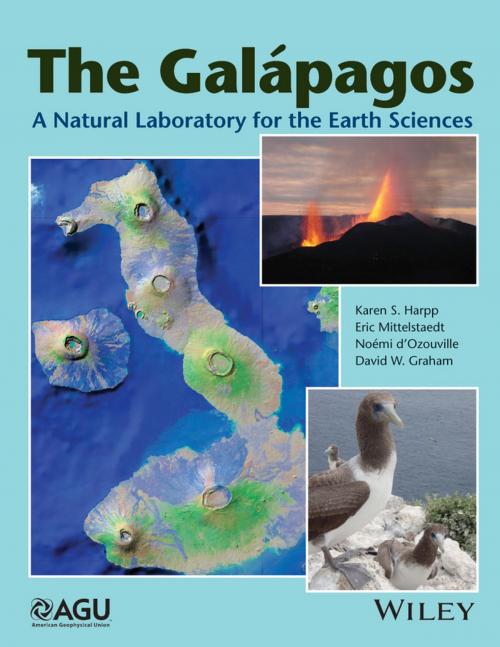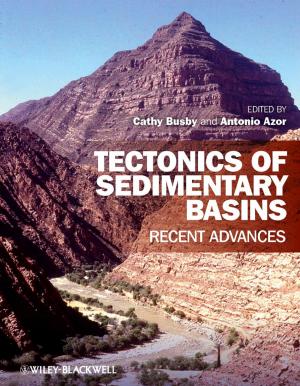The Galapagos
A Natural Laboratory for the Earth Sciences
Nonfiction, Science & Nature, Science, Earth Sciences| Author: | ISBN: | 9781118852682 | |
| Publisher: | Wiley | Publication: | July 22, 2014 |
| Imprint: | American Geophysical Union | Language: | English |
| Author: | |
| ISBN: | 9781118852682 |
| Publisher: | Wiley |
| Publication: | July 22, 2014 |
| Imprint: | American Geophysical Union |
| Language: | English |
The Galápagos Islands are renown for their unique flora and fauna, inspiring Charles Darwin in the elaboration of his theory of evolution. Yet in his Voyage of the Beagle, published in 1839, Darwin also remarked on the fascinating geology and volcanic origin of these enchanted Islands. Since then, the Galápagos continue to provide scientists with inspiration and invaluable information about ocean island formation and evolution, mantle plumes, and the deep Earth.
Motivated by an interdisciplinary Chapman Conference held in the Islands, this AGU volume provides cross-disciplinary collection of recent research into the origin and nature of ocean islands, from their deepest roots in Earth's mantle, to volcanism, surface processes, and the interface between geology and biodiversity.
Volume highlights include:
- Case studies in biogeographical, hydrological, and chronological perspective
- Understanding the connection between geological processes and biodiversity
- Synthesis of decades of interdisciplinary research in physical processes from surface to deep interior of the earth
- In-depth discussion of the concept of the island acting as a natural laboratory for earth scientists
- Integrated understanding of the Galápagos region from a geological perspective
Collectively, The Galápagos presents case studies illustrating the Galápagos Archipelago as a dynamic natural laboratory for the earth sciences. This book would be of special interest to a multidisciplinary audience in earth sciences, including petrologists, volcanologists, geochronologists, geochemists, and geobiologists.
The Galápagos Islands are renown for their unique flora and fauna, inspiring Charles Darwin in the elaboration of his theory of evolution. Yet in his Voyage of the Beagle, published in 1839, Darwin also remarked on the fascinating geology and volcanic origin of these enchanted Islands. Since then, the Galápagos continue to provide scientists with inspiration and invaluable information about ocean island formation and evolution, mantle plumes, and the deep Earth.
Motivated by an interdisciplinary Chapman Conference held in the Islands, this AGU volume provides cross-disciplinary collection of recent research into the origin and nature of ocean islands, from their deepest roots in Earth's mantle, to volcanism, surface processes, and the interface between geology and biodiversity.
Volume highlights include:
- Case studies in biogeographical, hydrological, and chronological perspective
- Understanding the connection between geological processes and biodiversity
- Synthesis of decades of interdisciplinary research in physical processes from surface to deep interior of the earth
- In-depth discussion of the concept of the island acting as a natural laboratory for earth scientists
- Integrated understanding of the Galápagos region from a geological perspective
Collectively, The Galápagos presents case studies illustrating the Galápagos Archipelago as a dynamic natural laboratory for the earth sciences. This book would be of special interest to a multidisciplinary audience in earth sciences, including petrologists, volcanologists, geochronologists, geochemists, and geobiologists.















